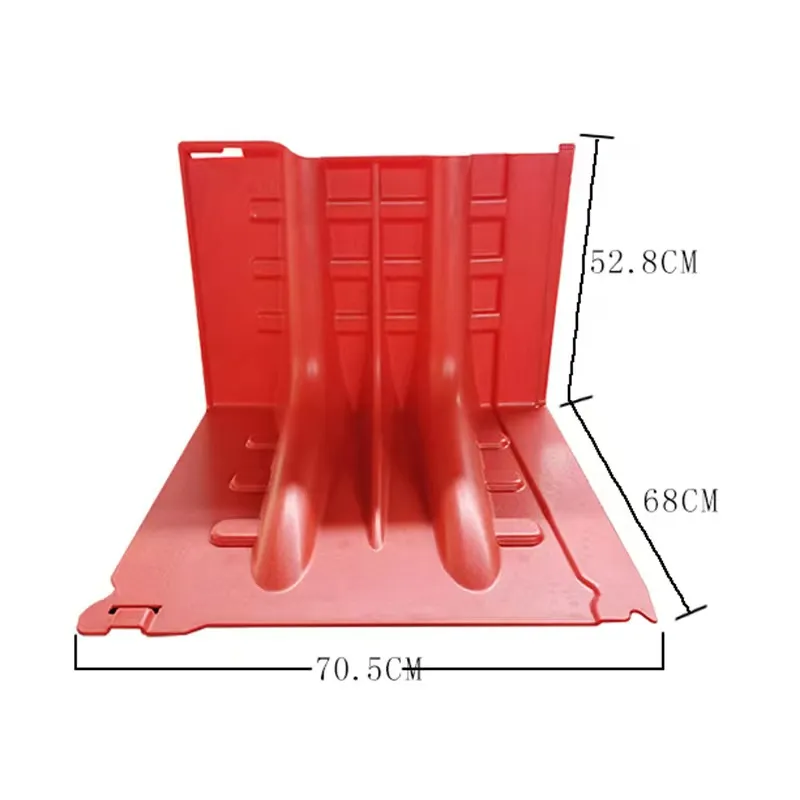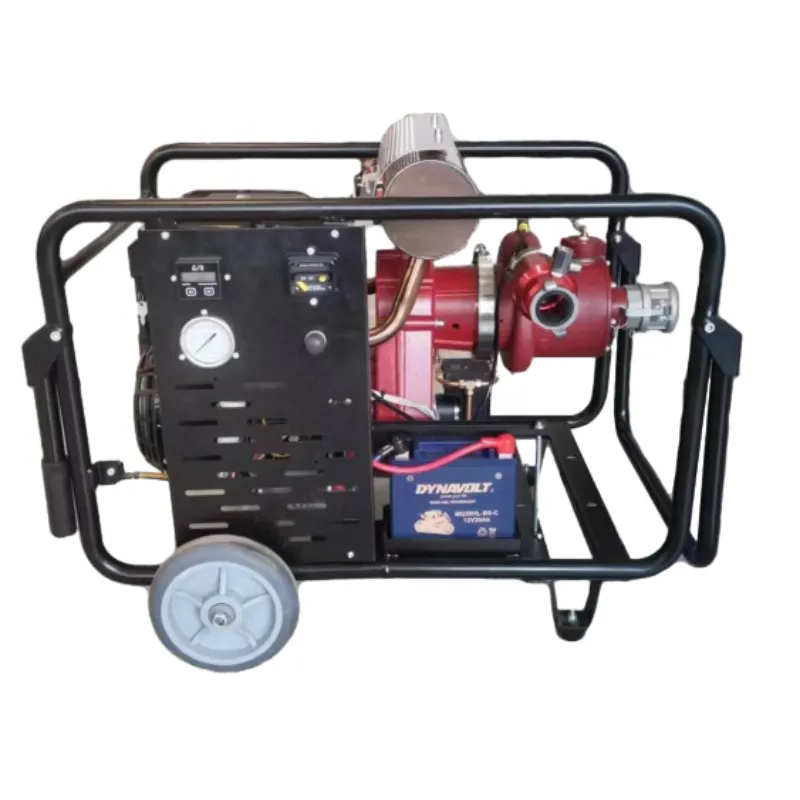

Moreover, rescue operations often necessitate the use of ladders and ropes. Both are essential for reaching elevated areas and safely lowering victims during rescues. Understanding load calculations and knot tying are critical skills that firefighters continuously practice to ensure precision and safety during operations. For specialized rescues, technical tools like jaws of life, airbags, and winches are imperative. These hydraulic rescue tools can extricate victims from vehicles or collapsed structures. Given their mechanical complexity, firefighters undergo specialized training to operate this equipment safely and efficiently. Furthermore, incident command systems require communication tools such as radios to maintain coordination and situational awareness. Effective communication is vital for successful operations, ensuring every team member is informed and aligned on the strategic goals during emergencies. In addition to physical tools, firefighters must carry an arsenal of knowledge, decisiveness, and adaptability. Continuous training, including simulations and drills, ensures that firefighters are prepared for any eventuality, enforcing protocols while improvising when conditions demand. The tools firefighters carry are extensions of their expertise, symbolizing not just practical utility but also embodying the authority and trust placed in them by the communities they serve. Each tool undergoes regular maintenance checks and validation against updated regulations to ensure reliability. Professional associations and certification boards provide oversight and mandate compliance, reinforcing public trust in firefighter capabilities. In conclusion, the tools that firefighters carry are a testament to their commitment, skill, and dedication to safeguarding lives. These tools, while varied in function, collectively form a comprehensive system of protection and response, underscoring the professional and authoritative nature of firefighting as a critical public safety role.





























